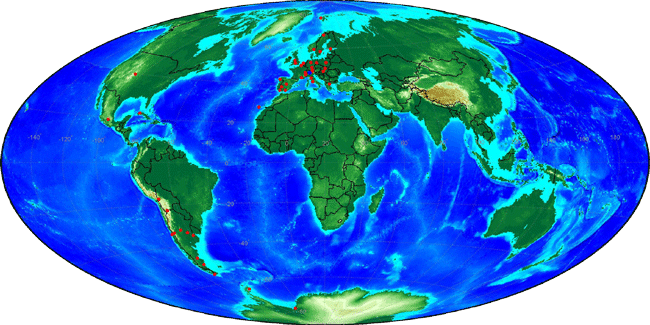Einleitung auf Deutsch
Stationäre Spektroradiometer-Systeme können durch einen Besuch des QASUME Spektroradiometers kalibriert werden. Der Besuch dauert in der Regel fünf Tage, wobei zwei Tage für die Reise- und Aufbauzeit und drei Tage für den Vergleich zwischen dem Instrument des Gastgebers und dem Referenzinstrument benötigt werden. Nach einem QASUME Audit wird ein detaillierter Bericht des Vergleichs- und eines Kalibrierzertifikats (siehe Zertifikat C1 und Bericht R1 und Bericht R2) ausgegeben. Es wird empfohlen, dass der Besuch jährlich wiederholt wird, um die langfristige Stabilität des Systems zu gewährleisten.







